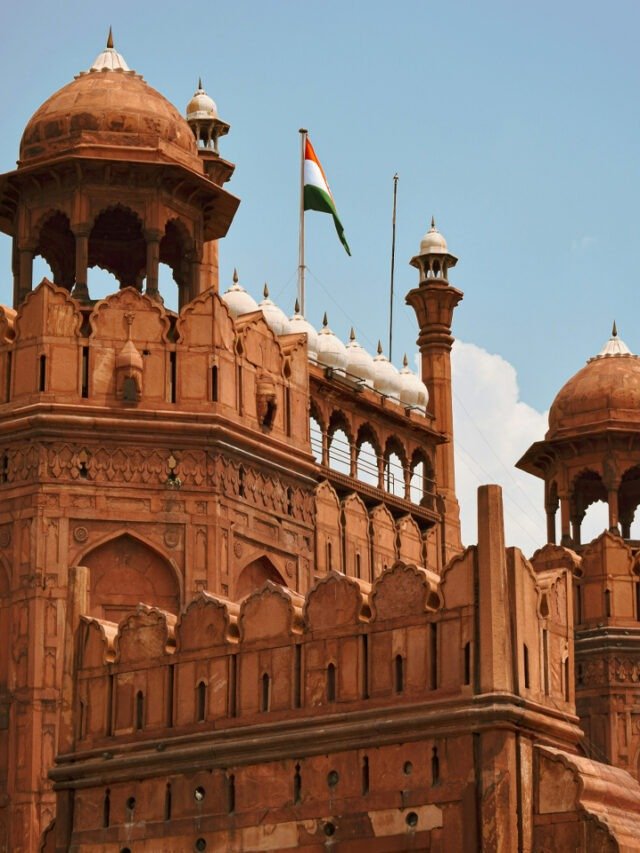NEW DELHI, Aug 4: Despite heavy rain across the country, the average water level in India’s 150 main reservoirs remains less than last year but more than the last decade’s level, according to official data.
According to the Central Water Commission, significant variations in water storage levels across different regions of the country reflect both positive and concerning trends.
The total live storage capacity of the 150 monitored reservoirs is 178.784 billion cubic metres (BCM), which is about 69.35 per cent of the estimated 257.812 BCM created nationwide.
According to a CWC report, the live storage available in these reservoirs stands at 91.496 BCM, or 51 per cent of their total capacity. This is 94 per cent of the storage levels recorded during the same period last year and 107 per cent of the normal storage based on the last decade’s average.
In comparison to the previous week, as per the July 25 bulletin, the live storage available in these reservoirs was 69.27 BCM, which was 39 per cent of the total live storage capacity.
Last year, the live storage during the same period was 83.987 BCM, and the normal storage was 72.411 BCM. Thus, the storage levels this week represent an increase from the previous week but remains lower than both the corresponding period last year and the normal storage.
In the northern region, which includes Himachal Pradesh, Punjab, and Rajasthan, there are 10 reservoirs with a total capacity of 19.663 BCM.
Currently, they hold 6.532 BCM, which is 33 per cent of their capacity, significantly lower than last year’s 76 per cent and the normal storage of 53 per cent for this period.
This current level though marks an increase from the previous week’s storage of 5.786 BCM (29 per cent of capacity).
The eastern region, comprising Assam, Jharkhand, Odisha, West Bengal, Tripura, Nagaland, and Bihar, has 23 reservoirs with a combined capacity of 20.430 BCM.
They are currently at 6.989 BCM, or 34 per cent of capacity, an improvement from last year’s 31 per cent but below the normal storage of 39 per cent. This week’s storage is an increase from the previous week’s 5.630 BCM (28 per cent of capacity).
The western region’s — Gujarat and Maharashtra — 49 reservoirs have a total capacity of 37.130 BCM. They are at 19.863 BCM, or 53 per cent of capacity, down from last year’s 63 per cent but better than the normal storage of 48 per cent. This week’s storage shows an increase from the previous week’s 15.274 BCM (41 per cent of capacity).
The central region, which comprises Uttar Pradesh, Uttarakhand, Madhya Pradesh, and Chhattisgarh, has 26 reservoirs totalling a capacity of 48.227 BCM. They are currently storing 23.102 BCM, or 48 per cent of capacity, less than last year’s 55 per cent and the normal storage of 50 per cent. This week’s storage marks an increase from the previous week’s 16.042 BCM (33 per cent of capacity).
The southern region, covering Andhra Pradesh, Telangana, Karnataka, Kerala, and Tamil Nadu, has 42 reservoirs with a total capacity of 53.334 BCM. They currently hold 35.010 BCM, or 66 per cent of capacity, which is better than last year’s 50 per cent and the normal storage of 47 per cent. This week’s storage shows an increase from the previous week’s 26.538 BCM (50 per cent of capacity).
Some states showed improved storage levels compared to last year.
Assam, Jharkhand, Odisha, West Bengal, Tripura, Nagaland, Maharashtra, Uttar Pradesh, Karnataka, Kerala, and Tamil Nadu were some of them.
Conversely, states like Rajasthan, Bihar, Himachal Pradesh, Punjab, Madhya Pradesh, Gujarat, Uttarakhand, Chhattisgarh, Telangana, and Andhra Pradesh have reported lower storage levels. (PTI)












